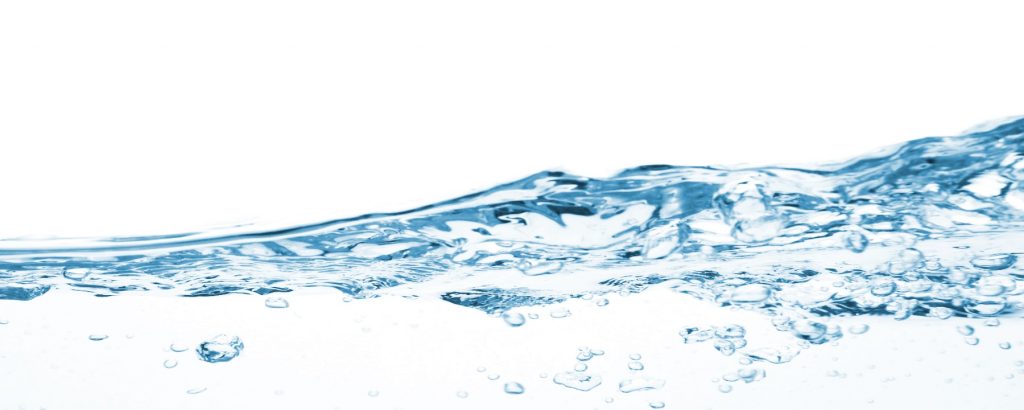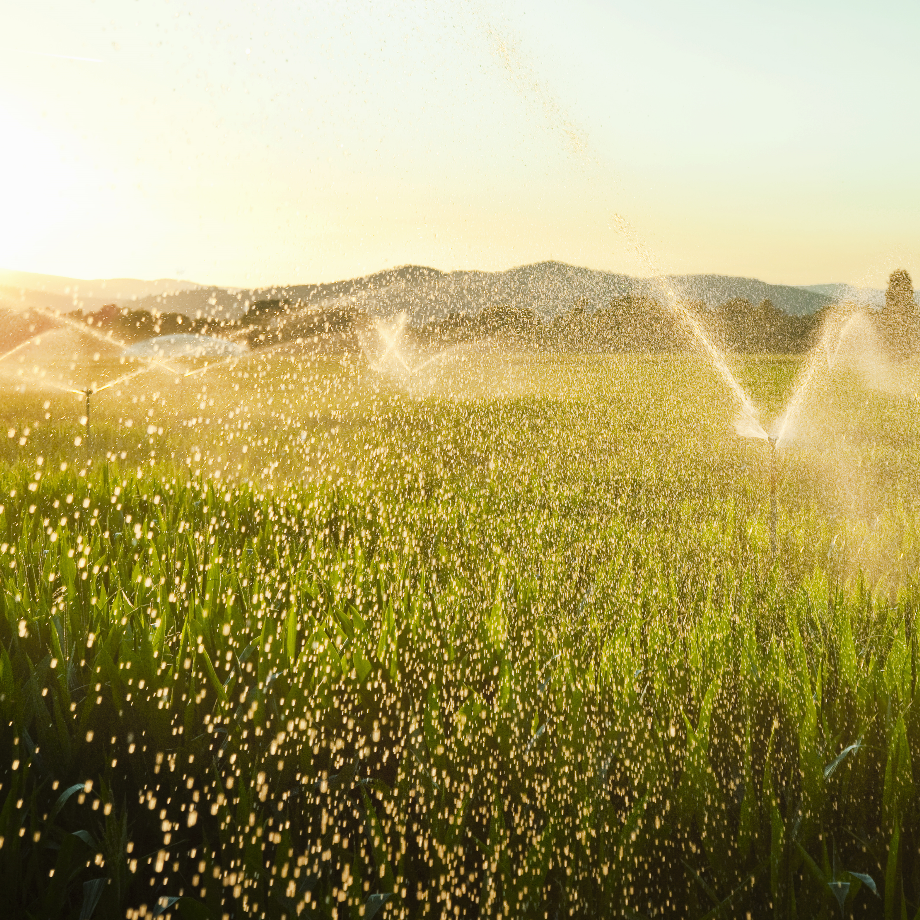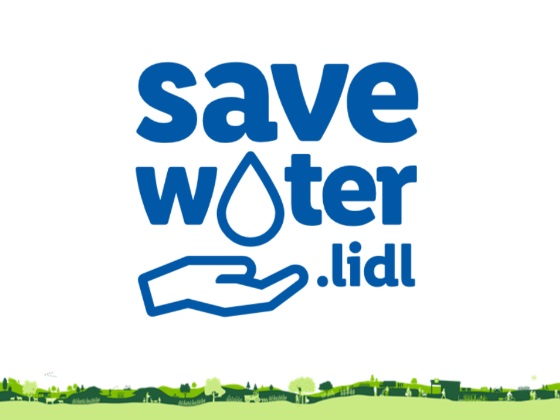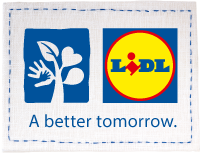Water

Water is a necessity for the survival of humans, which is why a central challenge for the 21st Century is providing sufficient clean water for a growing world population. Fresh water is essential for the production of industrial and agricultural products many of which you can find in your local Lidl.
Seventy percent of the water resources used worldwide is used by agriculture – the majority being for irrigation and the production of food. Twenty percent is used by industry, and ten percent is used in the household area. In addition to its enormous consumption of water, industry and agricultural production processes also contribute to water pollution.
Using Water Consciously

For Lidl Northern Ireland, water is not a problem for the future, it is a core topic for now. Agriculture consumes particularly large volumes of water, and thereby has a responsibility to participate in limiting the negative effects of this use. Taking responsibility when it comes to water and using it more efficiently as a resource is very important to us. By reducing our own water consumption and by keeping water use in mind along the entire value creation chain, we can succeed in being aware of our so-called water footprint.
One example of a water footprint is in a cup of coffee (125 ml) using 132 liters, most of which is water used by the coffee plants. A large water footprint in regions with a lot of rain is less problematical than a large footprint in dry areas. So, simply thinking about the water footprint alone is not enough.
For Lidl, the consideration of water use along the entire value chain while taking regional challenges into account is central. To do this, we use water risk analyses. We can then use these to structure our water use with our suppliers in a more sustainable way.
Our Commitment to Water
Lidl works on actively initiating changes in the area of water management. One of the measures is to expand the portion of certified products in our assortment that reflect the subject of water. We are therefore supporting recognized seal initiatives and simultaneously ensuring minimum standards for sustainable production practices. For example, Lidl is a member of the Alliance for Water Stewardship (AWS) which has the goal of pursuing a socially fair, ecologically sustainable and economically beneficial water use. More accurately, the AWS is the first global, international standard that measures water use at a location based on social, environmental and economical criteria with an independent, verifiable framework. In addition, we want to work more closely with certifications that have an explicit focus on water. An example of this is Global GAP Spring.
Lidl became committed itself to Greenpeace’s Detox Commitment to largely eliminate the use and release of eleven chemical groups classified by Greenpeace as priority chemicals in its textile and shoe production by 2020 in December of 2014. According to the Detox Commitment, waste water and sewage sludge in our production plants are tested for pollutants at least once a year to ensure that our chemical specifications are being implemented.
Every Drop Counts

In addition to optimizing our water management within our supply chain, we also want to encourage awareness of how water is consumed by offering our customers a “Save water” label. The label is, for example, on the back side of the packaging for selected products which require water in order to use them.
Customers can already think about reducing their water use while purchasing the items and then again when using the products. This is in keeping with the motto that everyone should do what they can to reduce their water consumption and thus contribute to the preservation of our water resources.
Tips for Saving Water
Lastly, here are some tips for for how you can save water at home:
- Turn the faucet off while brushing your teeth. That can save up to 8 l of water a minute.
- Always run the washing machine with a full load (see the manufacturer’s instructions on volume) and wash at as low of a temperature as possible – it’s better for the climate. Often 30°C (86° F) is enough.
- Showering instead of taking a bath also can reduce water consumption by up to 2/3. Don’t let the tap run when washing your hands.
- Put fruits and vegetables in a bowl with water for a few minutes to wash them, and then let them drain in a strainer.
- You can also use the water to pour over your plants.


